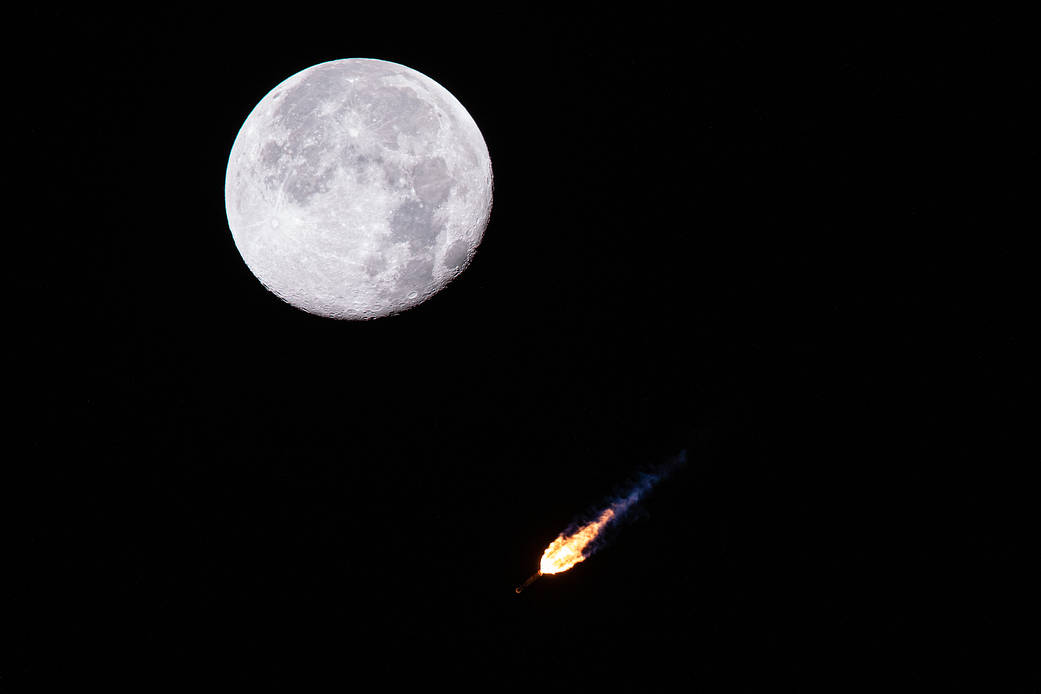升空!JPSS-2和LOFTID成功发射
The Moon makes a stunning backdrop for the successful launch of the third in a series of polar-orbiting weather satellites for the National Oceanic and Atmospheric Administration (NOAA) and our Low-Earth Orbit Flight Test of an Inflatable Decelerator (LOFTID) on Nov. 10 at 4:49 a.m. EST from Vandenberg Space Force Base in California. A United Launch Alliance Atlas V rocket carried the Joint Polar Satellite System (JPSS)-2 and LOFTID.
JPSS-2 will circle the globe 14 times a day 512 miles above Earth, providing forecasters the benefit of three polar-orbiting satellites operating simultaneously, joining its predecessors Suomi National Polar-orbiting Partnership (Suomi NPP) and NOAA-20.
Following JPSS-2’s deployment, the LOFTID heat shield autonomously inflated and re-entered Earth’s atmosphere, splashing down about 500 miles off the coast of Hawaii just over two hours and ten minutes after launch.
Image Credit: United Launch Alliance
11月10日上午4点49分,美国东部时间11月10日,美国国家海洋和大气管理局(NOAA)在加州范登堡太空部队基地成功发射了第三颗极地轨道气象卫星,并成功进行了充气式减速器(LOFTID)近地轨道飞行试验。联合发射联盟的宇宙神Ⅴ号运载火箭携带了联合极地卫星系统(JPSS)-2和LOFTID。
JPSS-2将在距离地球512英里的高空每天环绕地球14次,加入其前身Suomi国家极地轨道伙伴关系(Suomi NPP)和NOAA-20的行列,为天气预报人员提供三颗同时运行的极地轨道卫星。
在JPSS-2部署之后,LOFTID隔热罩自动膨胀并重新进入地球大气层,在发射后2小时10分钟左右,在距离夏威夷海岸约500英里的地方溅落。
影像来源:United Launch Alliance

